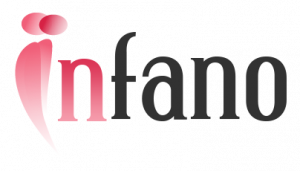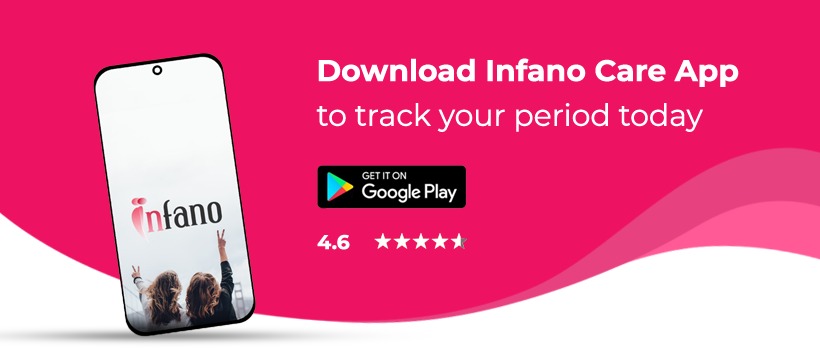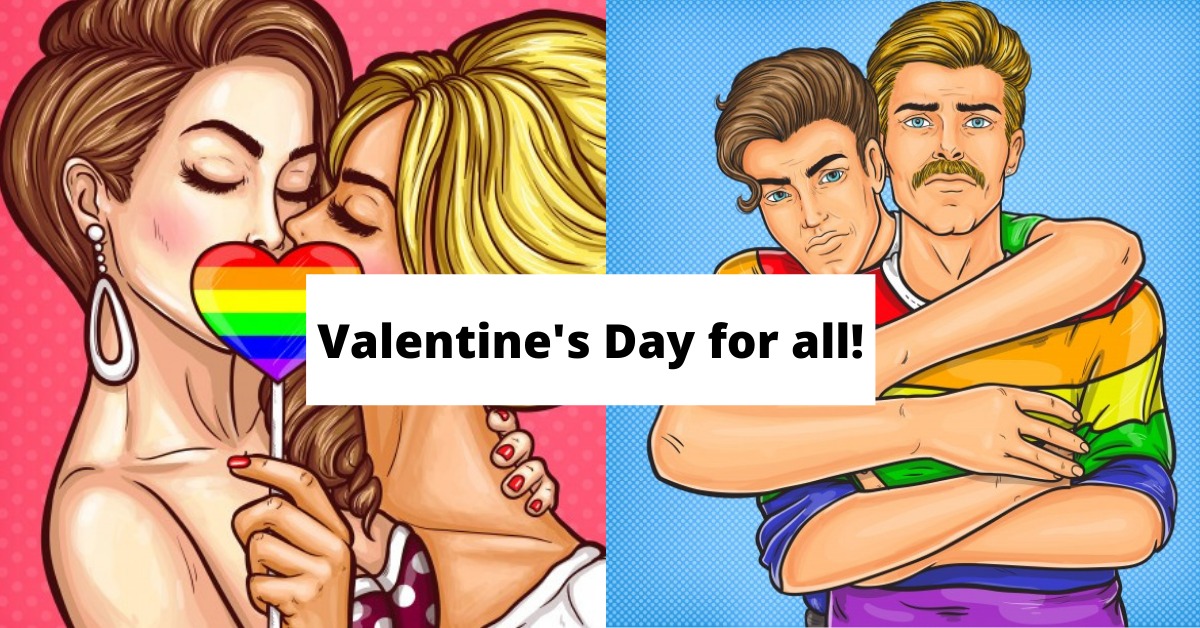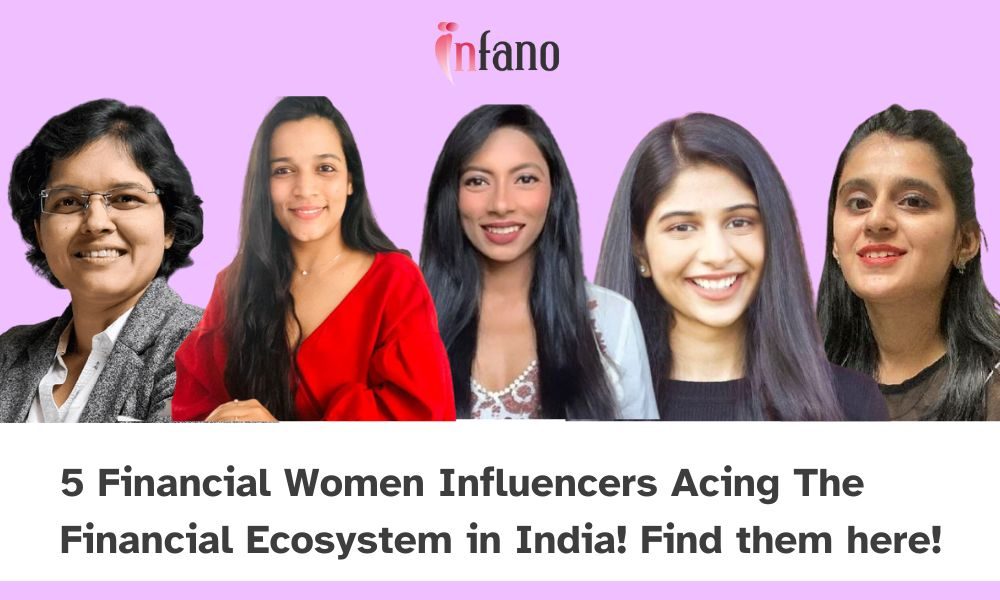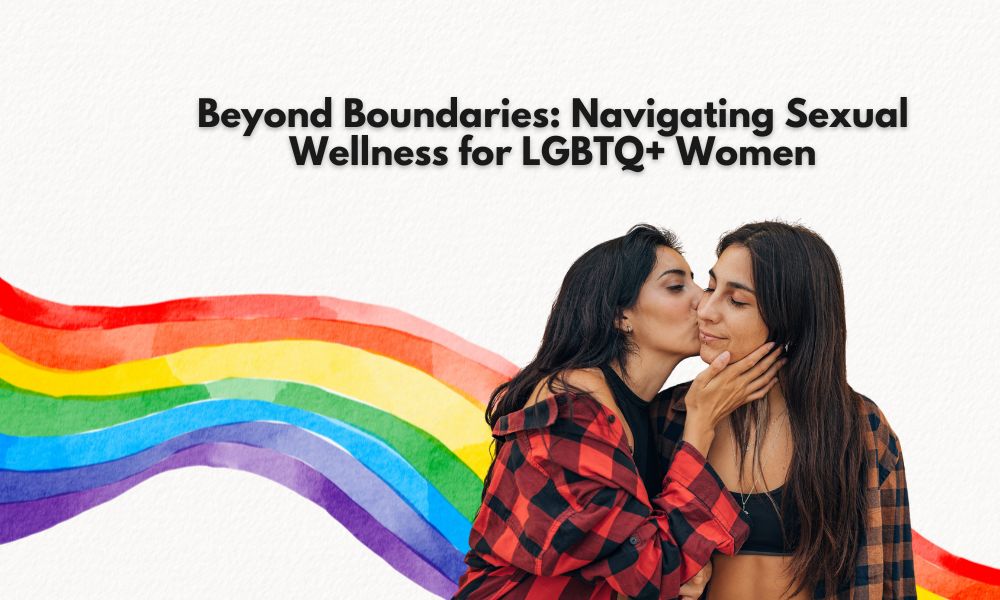Just like you have your daily CTM skin routine or oiling the hair routine every week, it is also important to take care of your breasts regularly. is important to also take care of your breasts regularly. Breast changes should seek more attention than the notifications on your phone. Regular self-examination of your breasts is the best way to detect breast cancers and catch them early. If breast cancer is caught early is treated more successfully.
Here are 4 easy steps to do a self breast exam
1. Stand in front of a mirror, place your hands on your hips and look at your breasts for their usual size, shape, and color. Look for any uneven shape, visible distortion or swelling. Look out for these:
· Dimpling, puckering, or bulging of the skin
· Nipple has changed position or an inverted nipple (pushed inward instead of sticking out)
· Redness, soreness, rash, or swelling
· Any fluid discharge coming from one or both nipples (this could be a watery, milky, or yellow fluid or blood).
Now, raise your arms and look for the same changes.
2. Using your right hand feel your left breast and then your left hand to feel your right breast. Do this lying down. Use a firm, smooth touch with the first few finger pads of your hand, keeping the fingers flat and together. Check the entire breast from top to bottom, side to side in a circular motion. Start from your collarbone to the top of your abdomen, and from your armpit to your cleavage.
3. Follow a same pattern throughout. Start at the nipple, moving in larger and larger circles until you reach the outer edge of the breast and then move your fingers up and down vertically, in rows. Feel all the tissue from the front to the back of your breasts: for the skin and tissue just beneath, use light pressure; use medium pressure for tissue in the middle of your breasts; use firm pressure for the deep tissue in the back. When you’ve reached the deep tissue, you should be able to feel down to your ribcage.
4. Now feel your breasts while you are standing or sitting. The easiest way to feel the breasts is when the skin is wet and slippery, so you can do this in the shower. Cover your entire breast, and repeat step 3.

What to do if you find an abnormality?
Do not panic if you think you feel a lump in your breast. Get in touch with your doctor if you’ve noticed a lump or other breast change that is mentioned above. Most women may have some lumps or lumpy areas in their breasts and most turn out to be benign (not breast cancer). Non-cancerous breast lumps may be caused due to hormonal changes, a benign breast condition, or an injury.
Also, there are changes in the breasts throughout the menstrual cycle: breasts may seem to get bigger or more prominent in some way. Menstruators may want to wait until after your period to see if the lump or other breast change disappears on its own before calling your doctor.
The doctor may do a physical exam of the breasts and may ask for breast cancer imaging tests. Both an ultrasound and a mammogram are typically recommended to evaluate a lump in women who are over age 30 and not pregnant or breastfeeding. Further tests may include additional imaging with MRI (magnetic resonance imaging), MBI (molecular breast imaging), and/or a biopsy if required.
It is important to make sure to get an explanation of the cause of the lump or breast change from your doctor, and, if necessary, a plan for monitoring it or treating it. Don’t hesitate to get a second opinion if you are not comfortable or satisfied with the doctor.
How often should one do breast self-exam
Do breast self-examination once a month to familiarize yourself with how your breasts normally look and feel especially after your period ends, when your breasts are least likely to be swollen and tender. If you don’t menstruate, choose a day that’s easy to remember and follow it every month. The upper, outer area around the armpits has the most prominent lumps and bumps.
Record the findings of your breast self-exams in a diary as this may help you remember, every month what is “normal” for your breasts. Lumps may appear at certain times of the month and disappear as your body changes with the menstrual cycle (if you are still menstruating).
Source: breastcancer.org
